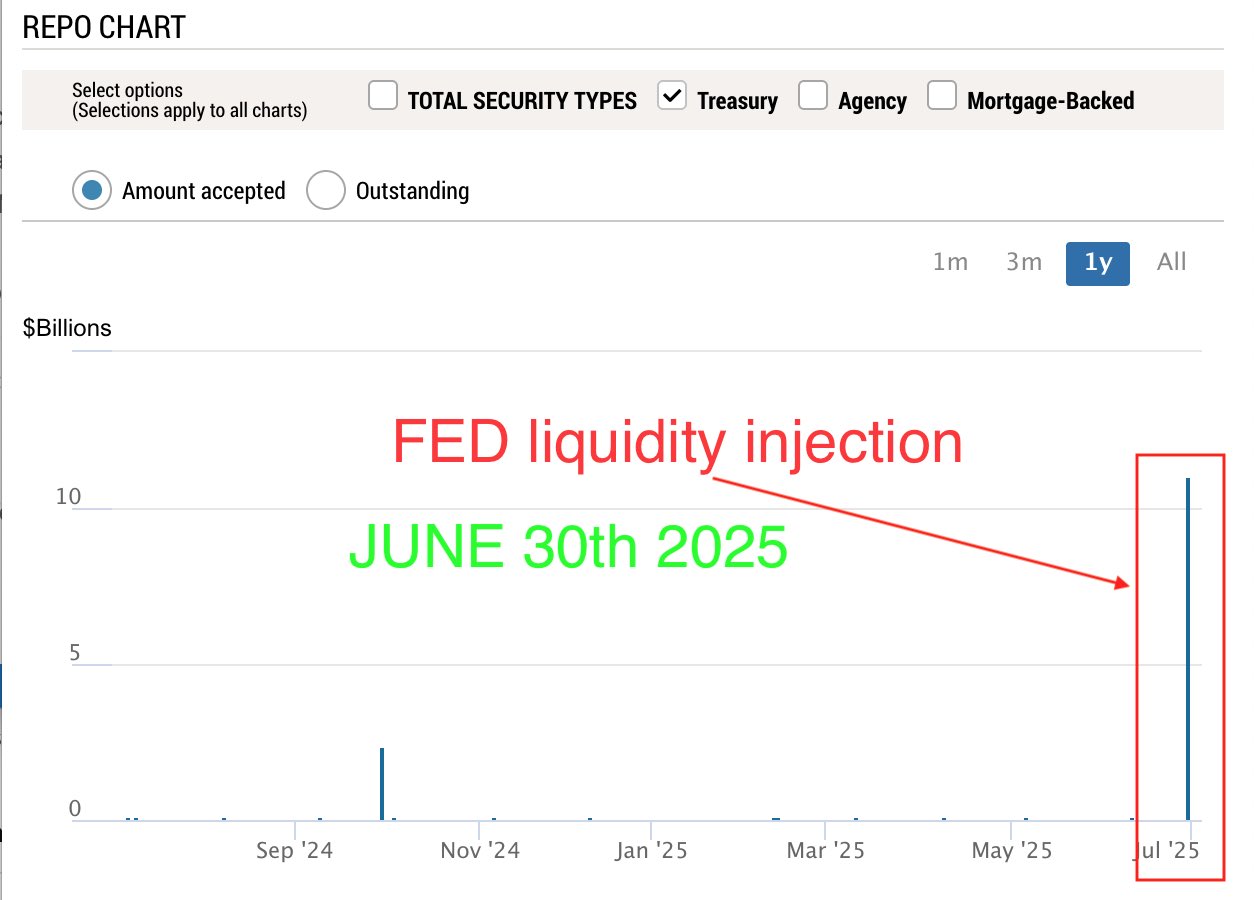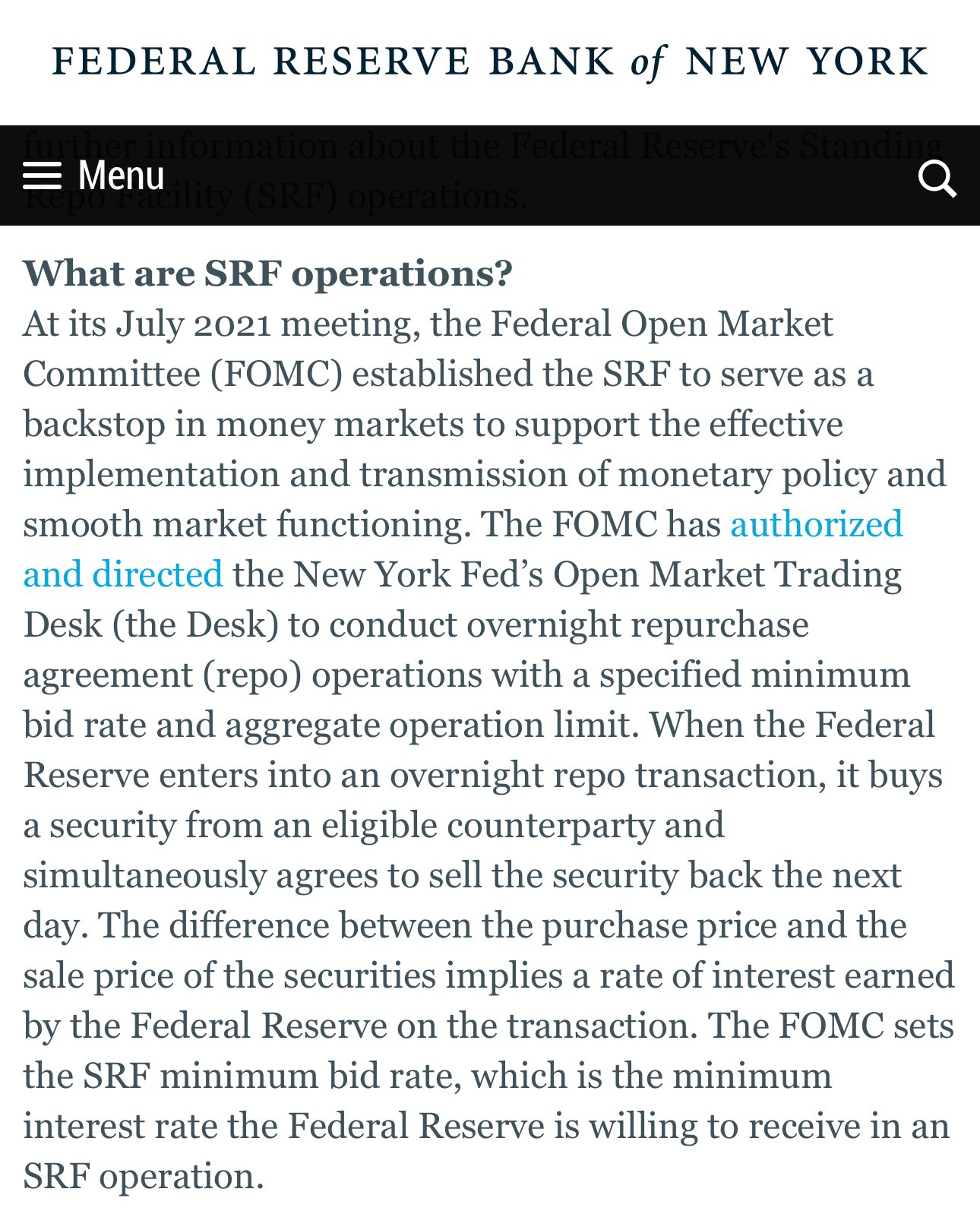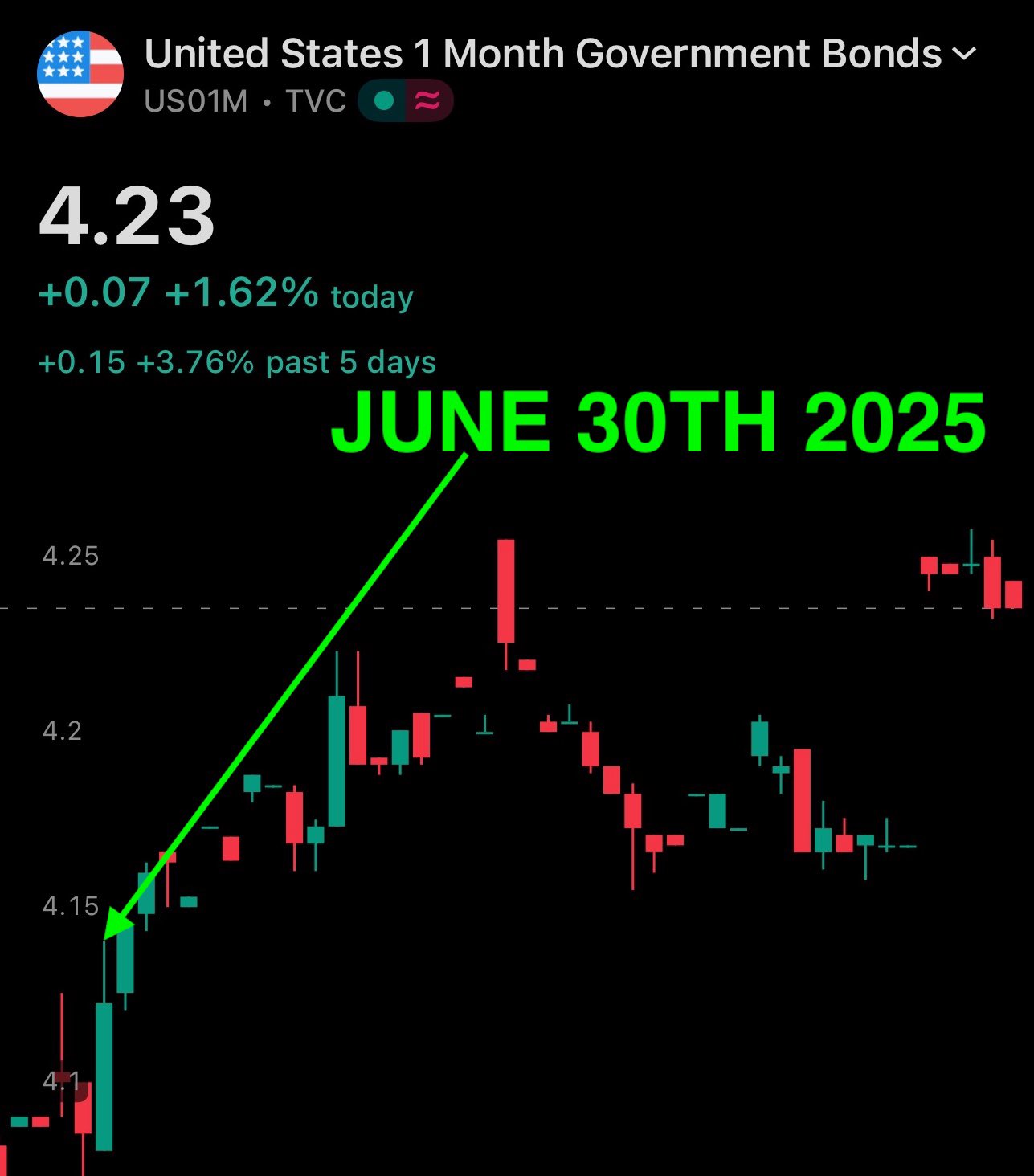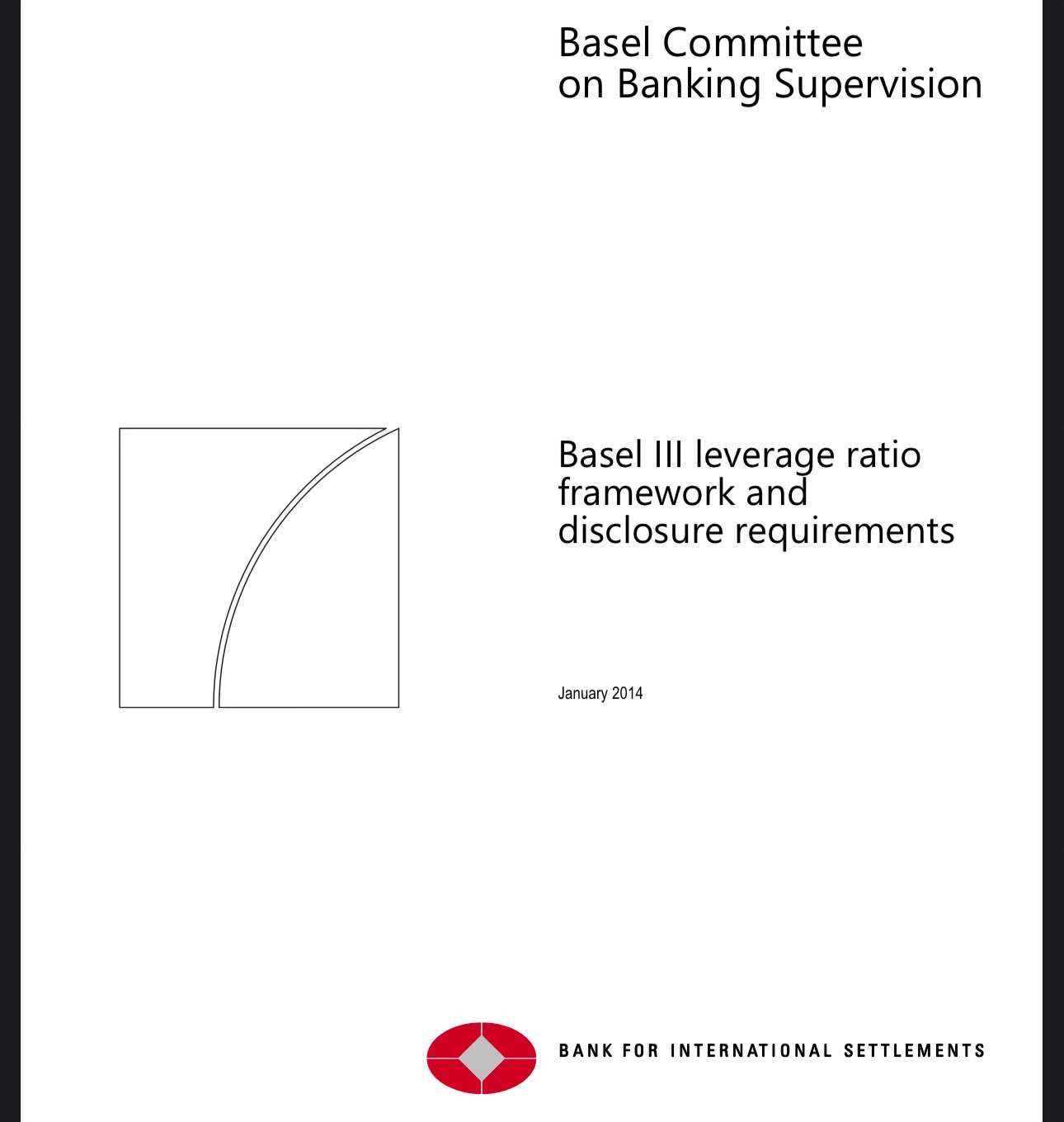
🚨FED just injected $11B of liquidity #2
with SRF the FED sets an upper limit on repo market rates
most of the collateral is US Treasury bonds
this exerts downward pressure on bond yields - by preventing sell-offs
how does SRF lower UST bond yields?
if you have a US bond and you need cash, your options are:
1️⃣ borrow cash against bond in repo markets
2️⃣ sell the bond
this $500B liquidity pool for US bonds prevents their sell-off in the open market, which would raise their yields
note that FED's SFR doesn't lower the treasury yields per se
it's more correct to say that it puts downward pressure on them, in the form of a $500B buffer
& note that treasuries probably wouldn't be the first in line for liquidation
funding rates on repo markets & bond yields are not the same
different timescales:
1️⃣ repo - short-term / ≈day(s),week(s)
2️⃣ treasury bonds - ≈10 years
so even if a funding rate raises for a few days, the longer-term bond yields may not be affected
repo funding rates don't affect US treasury yields immediately due to time scale
treasury bond yield expectation is over 10 years, and repo rates are a short-term debt funding mechanism
so the rates shock would need to be prolonged/pronounced to affect treasury rates
persistently high(er) funding repo rates will push the treasury yields up
eventually, the bonds would be sold for cash
again - think of the timescale: funding rates refer to much shorter periods
in a monthly maturity/tenor timescale - the repo funding rate has very direct effects
this makes sense - if your bond is maturing in ≈1 month, every day is significant
so you see more immediate effects from federal reserve's SRF operations / repo funding fee increases
so the market operations of dealers/market-markers is quite predictable
you just have to look at their business & regulatory model - from there it's almost plain math under regulatory constraints
if regulatory ratios are breached, they must be restored
there is only so much a dealer/market maker can do
so you can deduce their next action with a high degree of certainty
then, deduce its implication on the liquidity flow & into which sector the funds are flowing
regarding liquidity flows - repo markets are just one of the sources
so it's more useful when you combine it with others, such as the central bank policies, how much short-term debt is maturing, and the overall leverage level
repo funding rates are predictors within this global, multi-factor liquidity context
you can use them to understand liquidity flows in the near future
this is also because repo markets are short-term debt instruments - so the signal is also more short-term
using FED's SRF for liquidity means cash/liqudity is scarce
there is a lot of short-term debt to be refinanced or default
default is not an option. thus, expect liquidity injections from the central bank
central bank liquidity injection includes direct & indirect QE, interest rates & policies
end result is the same - more liquidity/cash in the system
this means inflation & gold up
at least short-term: equities up, crypto up
this will also further fuel the asset bubble & devaluate USD
so it doesn't mean that stock & crypto will go up perpetually - it's a cycle
of course, at some point the debt bubble will pop - but it's unlikely to happen tomorrow 😄
when it pops - massive leverage unwinding will occur
here - equities & crypto will collapse in price, so will bonds. gold, silver & precious metals go up
worldwide systemic defaults will follow
the whole world is dependent on the US financial system, both public & private
while the bubble will pop - the side-effects can be minimized
historical behavior & current financial signals do not indicate that this will be the case
these boom & bust leverage/debt cycles have been the norm in modern financial markets:
1️⃣ each cycle gets refiled with more debt/leverage - boom
2️⃣ eventually, the debt cannot repaid - bust
3️⃣ go to boom
smaller busts precede larger busts
whichever is the ultimate resolution of the bubble - repricing will occur
for some assets this will be good, for others - not so much
even in the same asset class different assets perform differently (think manufacturing vs tech stock)
this is why funding repo rates are a very useful indicator
if you're just arriving here - read the previous posts 😄
you can also follow along the quoted posts from below. just click on it ⬇️



